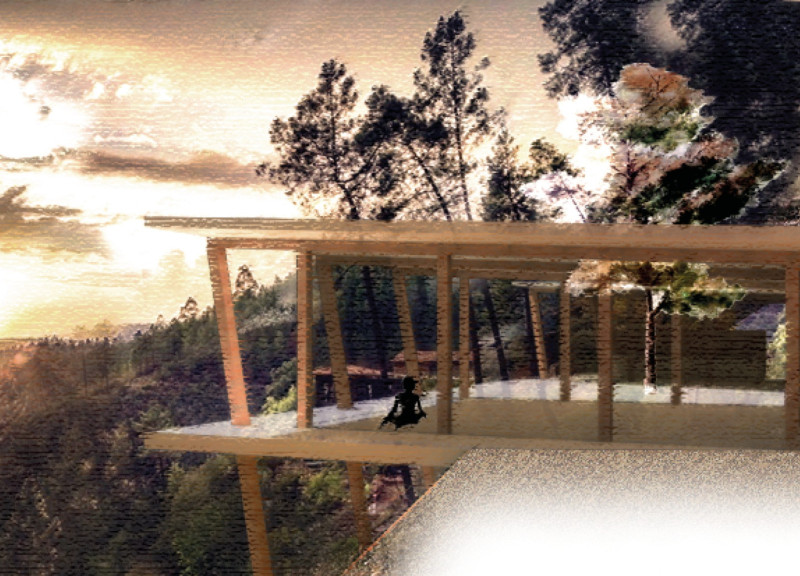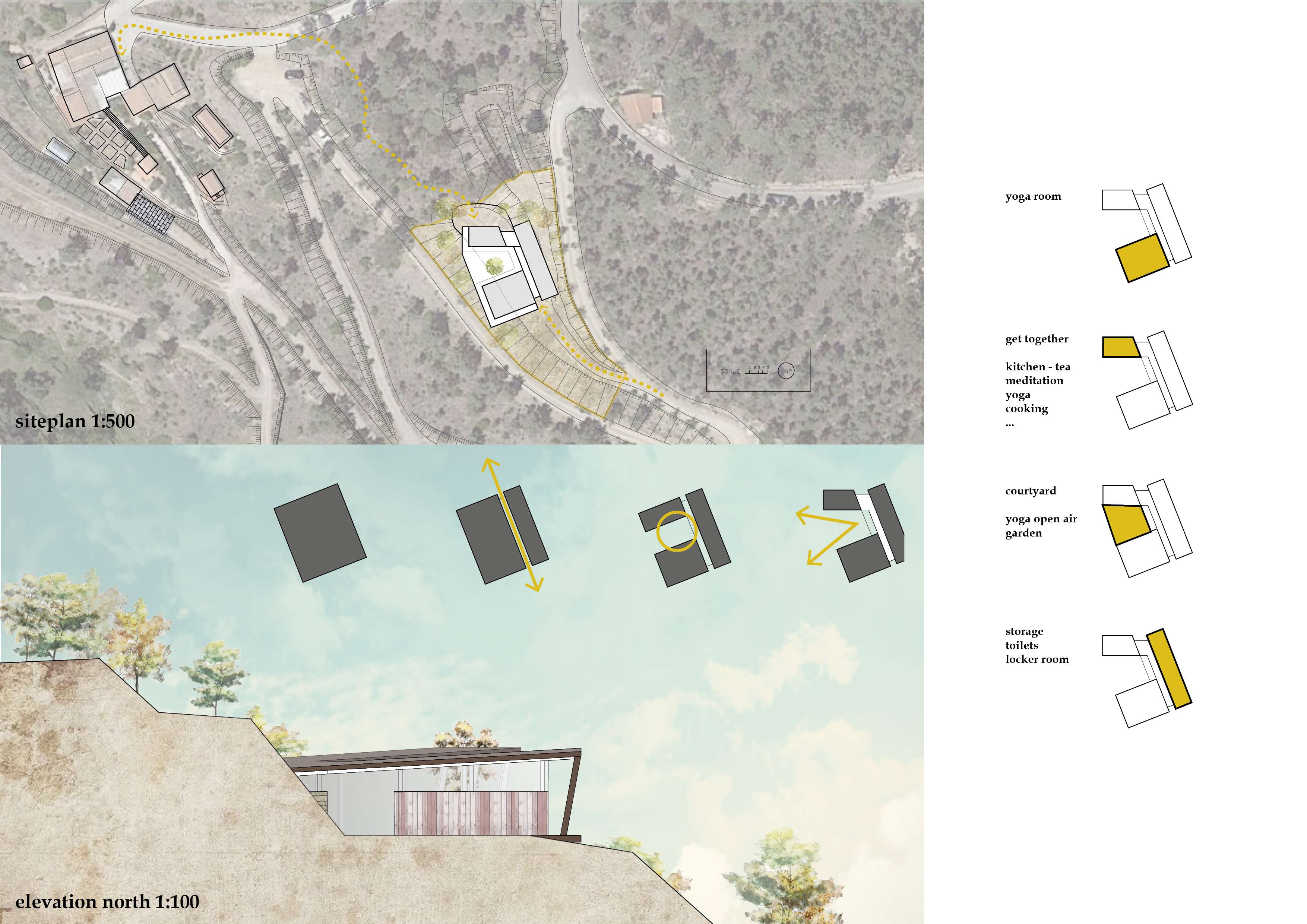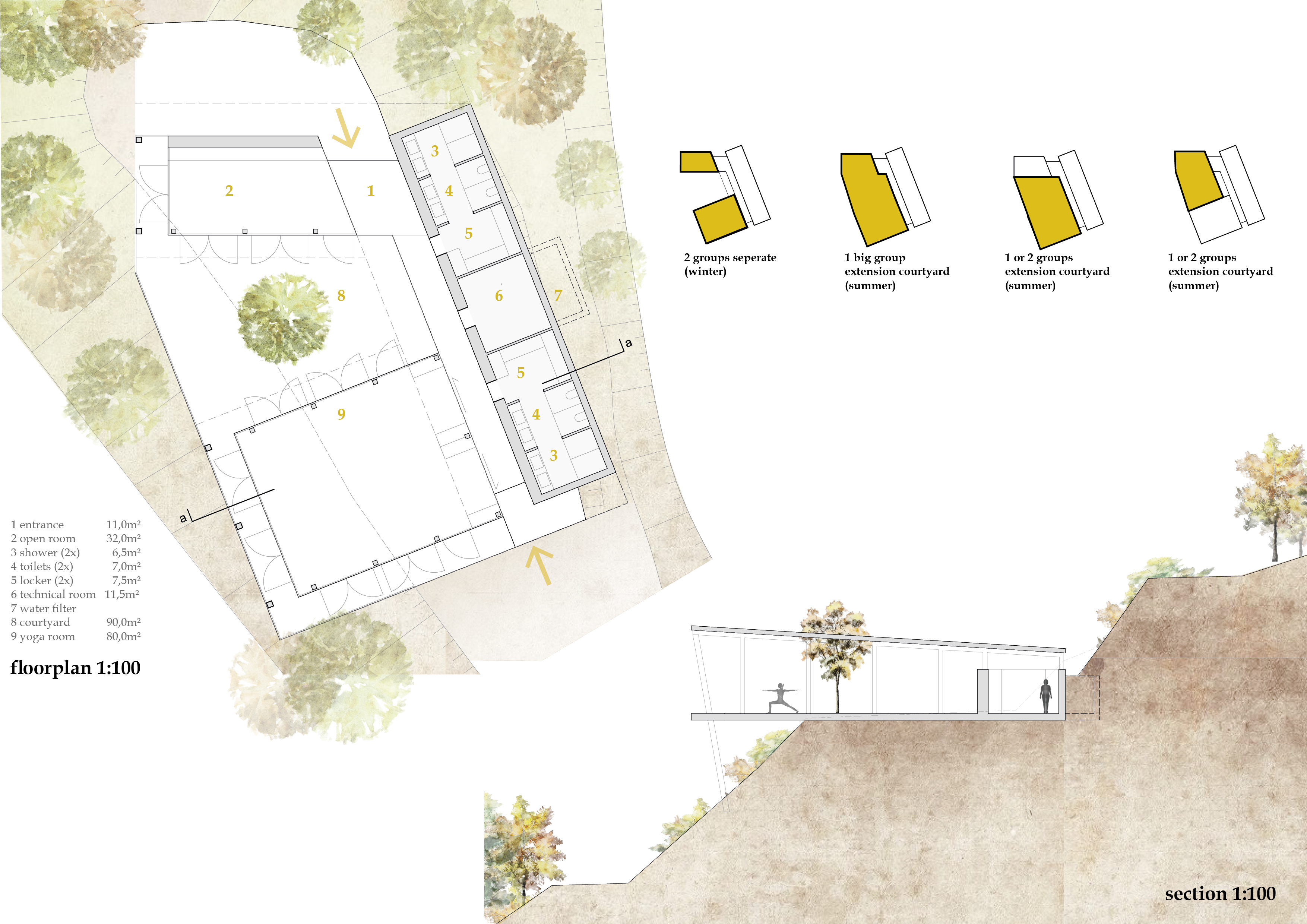5 key facts about this project
The architectural project located in [insert location], centers around a contemporary design that harmoniously integrates functionality and aesthetics. This building serves as [insert function], addressing the needs of its users while responding to the contextual demands of its environment. The overall design emphasizes a seamless interaction between indoor spaces and the surrounding landscape, fostering a sense of connectivity and community.
The architectural form is characterized by a [describe distinctive geometries or silhouettes], which not only enhances the visual appeal but also contributes to the efficient use of natural light and ventilation. Large expanses of glazing allow for views into and out of the structure, further emphasizing this connection to nature. The thoughtful arrangement of spaces within the project encourages [insert any specific user interactions or workflows], making it adaptable for various uses.
Unique Materiality and Technical Details
This project distinguishes itself through its innovative use of materials and construction techniques. A combination of reinforced concrete and sustainable timber cladding is employed to create a balance between durability and warmth. The concrete provides structural stability while the timber offers a tactile quality that softens the overall aesthetic. Further, the use of high-performance glass in the facades not only enhances energy efficiency but also promotes a visually open atmosphere.
Attention to detail is evident in the design of [insert any specific elements, such as roofing, landscaping, or entry points]. For instance, [describe specific architectural elements like overhangs, terraces, or integrated landscaping]. These features not only contribute to the building’s functionality but also foster outdoor engagement and environmental stewardship.
Integration with the Surrounding Landscape
A critical aspect of this project's design is its integration with the natural surroundings. By carefully analyzing the site’s topography and climate, the design maximizes passive solar heating and cooling strategies. The layout of the building is oriented to capture prevailing winds, thus enhancing cross-ventilation and reducing the reliance on mechanical systems. The landscaping, which incorporates native plant species, serves both as an aesthetic feature and as a measure to promote biodiversity.
Through its architectural design, this project represents a commitment to sustainable practices while providing a functional space for its users. The interplay of innovative materials, detailed craftsmanship, and thoughtful integration with the environment sets this project apart from traditional architectural solutions.
For a closer examination of this architectural endeavor, including an analysis of the architectural plans, sections, and design concepts, consider exploring the detailed project presentation. This will provide further insights into the architectural ideas that shaped this distinctive design.






















































